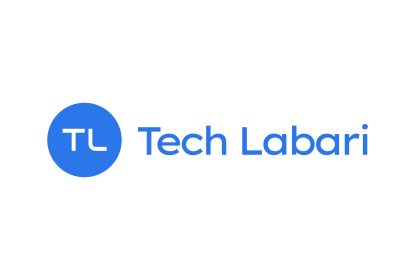If you’re a tech person, you may have noticed a lot of new words popping lately: NFT, Decentralization, Web3… But what does that all mean?
In this explainer, we’re going to walk through the evolution of the internet from Web 1.0 to the future (Web 3.0, what it all has to do with the current trends we’re seeing today, and why it matters.
The Evolution of the Web
Web 1.0

Web 1.0 was the first iteration of the web. With Web 1.0, users were more “consumers” of content, and creators of this content were typically developers who built websites. These websites contained mostly information in the form of text and images.
Web 1.0 lasted approximately from 1991 to 2004.
Web 2.0

Web 2.0 is the period we’re currently in. Web 2.0 is more of the interactive and social web. Almost anyone can be a creator.
People can upload and share various content including pictures and videos without needing to have developer experience. This content can also be interacted with by other users in the form of resharing and comments.
Twitter, YouTube, Pinterest, Facebook are all part of the current Web 2.0 universe.
Web 2.0 also brought in “monetization” of content. Companies like Google, Facebook, Twitter, and others all now offer personalized ads where they get paid if a user clicks on these ads.
These companies are also now allowing users to get paid by offering monetization tools where a user can get paid for the content that they offer to their audience. Example: YouTube pays creators for the more views that they get on their video content.
Web 3.0
So what is Web 3.0? Web 3.0 is an evolution of Web 2.0 with “decentralization” is at its core.
Web3 adds the following characteristics:
- Verifiable
- Trustless
- Self-governing
- Permissionless
- Native built-in payments and lots more
Web 3.0 applications run on the blockchain or on decentralized networks or a combination of both. Web 3.0 apps have been given the term “dapps” (decentralized apps)
Cryptocurrency plays a big role in Web 3.0. Creators in Web 3.0 are paid with cryptocurrency (Bitcoin, Etherum etc) for their creations and content because crypto is a much faster and efficient way of sending finances across the world.
Crypto wallets like MetaMask and Torus enable you to integrate easy, anonymous, and secure international payments and transactions into web3 applications.
Unlike the current financial system, users do not have to go through the traditional numerous, friction-filled steps to interact with and participate in the network. All they need to do is download or install a wallet, and they can start sending and receiving payments without any gatekeeping.
With Web 3.0, users will have a new way of building companies by taking advantage of tokens. With Web 3, anyone can participate in investing in an idea or company. A company can announce the release of x number of tokens, and give 10% to the early builders, put 10% for sale to the public, and set the rest aside for future payment of contributors and funding of the project.
Stakeholders can use their tokens to vote on changes to the future of the project, and the people who helped build the project can sell some of their holdings to make money after the tokens have been released.
DAOs (Decentralized Autonomous Organizations), which offer an alternative way to build what we traditionally thought of as a company, are gaining tremendous momentum and investment from both traditional developers and venture capital firms.










